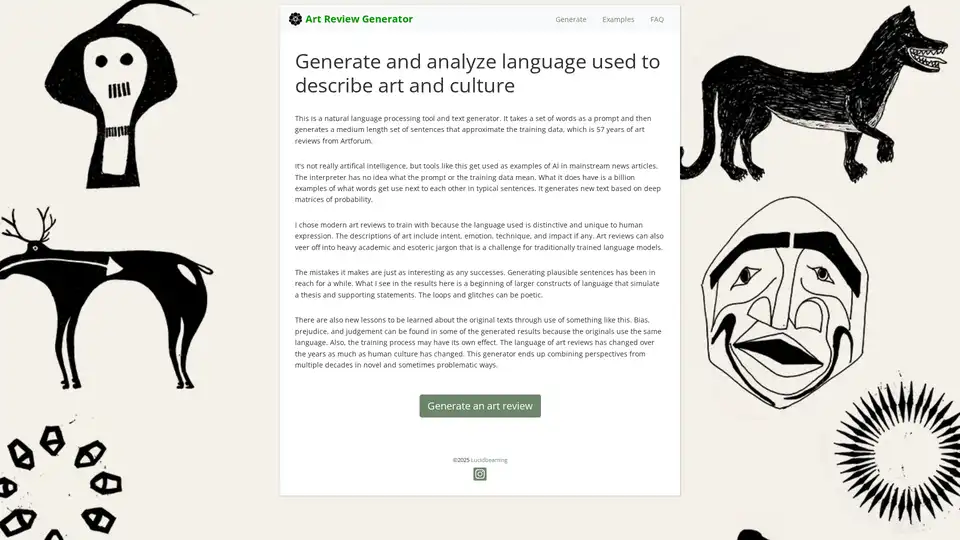
Art Review Generator
Overview of Art Review Generator
What is Art Review Generator?
Art Review Generator is a specialized natural language processing (NLP) tool designed to create medium-length art critiques based on simple word prompts. Unlike general-purpose AI models, this tool is finely tuned on a unique dataset: 57 years of art reviews from the renowned magazine Artforum. It generates sentences that mimic the distinctive language of professional art criticism, capturing elements like intent, emotion, technique, and cultural impact. While often labeled as AI in media, it's more accurately a probabilistic text generator that learns patterns from vast examples rather than understanding concepts deeply.
This tool stands out for its focus on the nuanced, sometimes esoteric world of modern art discourse. It produces outputs that blend academic jargon with poetic flair, making it a fascinating resource for anyone interested in how language shapes perceptions of art and culture. Whether you're an artist seeking fresh perspectives or a researcher analyzing linguistic trends, Art Review Generator offers a window into the evolution of art criticism over decades.
How Does Art Review Generator Work?
At its core, the generator relies on statistical models built from probability matrices derived from the training data. When you input a set of words as a prompt—say, describing a painting's colors or themes—it predicts and assembles sentences based on how words typically follow one another in Artforum reviews. This isn't true comprehension; the model doesn't "know" what art means but excels at replicating human-like structures.
The training process involves ingesting thousands of reviews spanning from the 1960s to recent years, allowing the tool to capture shifts in artistic language as society and culture evolve. For instance, earlier reviews might emphasize formal techniques, while later ones incorporate postmodern critiques. The output often combines these eras in unexpected ways, leading to novel interpretations that can highlight biases or forgotten perspectives inherent in the original texts.
Users interact via a simple interface: enter your prompt, hit generate, and receive a cohesive paragraph of critique. The tool's limitations—such as loops, glitches, or improbable phrasing—add to its charm, often producing results that feel experimentally poetic. This probabilistic approach makes it reliable for generating plausible content quickly, ideal for brainstorming or educational purposes.
Key Features of Art Review Generator
- Prompt-Based Generation: Start with keywords related to an artwork, and the tool crafts a full review approximating professional standards.
- Rich Linguistic Variety: Outputs include intent analysis, emotional responses, technical breakdowns, and cultural commentary, drawn from authentic art discourse.
- Error as Insight: Mistakes in generation can reveal underlying patterns, like recurring biases in art criticism toward certain styles or demographics.
- Cultural Time Capsule: By merging decades of data, it creates hybrid critiques that reflect broader societal changes in art perception.
- No Deep AI Required: Relies on pattern recognition, making it accessible and lightweight compared to full large language models.
These features make it more than just a novelty; it's a practical tool for simulating expert-level writing in niche fields.
How to Use Art Review Generator
Getting started is straightforward, perfect for beginners or pros alike:
- Access the Tool: Visit the official site at Lucidbeaming (©2025 Lucidbeaming) to load the generator interface.
- Craft Your Prompt: Input 3-10 words describing the art piece, such as "abstract blue forms, emotional tension, canvas texture."
- Generate: Click the generate button to produce a 100-200 word review.
- Refine and Iterate: Experiment with prompts to tweak outputs—add specifics for more targeted critiques or keep it vague for creative surprises.
- Analyze Results: Review for insights into language patterns; use outputs as inspiration for your own writing or research.
No sign-up or technical setup needed, making it ideal for quick sessions. For best results, prompts inspired by real artworks yield the most authentic tones.
Use Cases and Practical Value
Art Review Generator shines in creative and analytical scenarios:
- For Artists and Curators: Generate mock reviews to gauge how your work might be perceived, refining presentations for galleries or portfolios.
- Educational Tools: Teachers can use it to demonstrate NLP in humanities classes, exploring how algorithms interpret human expression.
- Writers and Journalists: Spark ideas for articles on contemporary art, or study linguistic evolution in criticism.
- Researchers: Uncover biases in historical art discourse; the tool's blends of eras can spotlight prejudices or shifts in jargon.
- Content Creators: Produce engaging social media posts or blog content about art events, adding an AI-simulated expert voice.
Its value lies in democratizing access to sophisticated language—anyone can now simulate a critic's eye without years of study. In an era of AI hype, it reminds us of the power (and pitfalls) of data-driven generation, fostering deeper appreciation for human creativity.
Who is Art Review Generator For?
This tool appeals to a diverse audience:
- Art Enthusiasts: Hobbyists wanting to dive deeper into critique without formal training.
- Academics and Students: Those in art history, linguistics, or media studies analyzing text generation.
- Creative Professionals: Designers, authors, or marketers needing culturally attuned content.
- Tech Curious: Developers interested in niche NLP applications beyond chatbots.
It's not for those seeking photorealistic AI art or code writing—its niche is purely textual and art-focused.
Why Choose Art Review Generator?
In a sea of generic AI tools, this stands out for its specificity and introspection. Trained on high-quality, curated data from Artforum, it delivers outputs with genuine depth, often more evocative than bland alternatives. The creator's emphasis on the tool's limitations encourages ethical use, prompting users to reflect on AI's role in cultural narratives. Plus, its poetic glitches can inspire original work, turning potential flaws into features.
Compared to broader models like GPT, it avoids dilution by focusing solely on art reviews, ensuring relevance and authenticity. For anyone exploring the intersection of technology and humanities, it's an invaluable, thought-provoking resource.
Potential Limitations and Ethical Considerations
While innovative, the tool inherits biases from its training data—art reviews often reflect the era's cultural norms, potentially amplifying gender, racial, or stylistic prejudices. Users should cross-reference outputs with diverse sources. Additionally, as a non-sentient system, it can't replace human critics but complements them by highlighting patterns we'd otherwise miss.
The generator's evolution could include user feedback loops or expanded datasets, but currently, it's a focused experiment in language simulation.
In summary, Art Review Generator bridges AI and art worlds, offering a playful yet profound way to engage with criticism. Whether for fun, learning, or professional use, it proves that even probabilistic tools can uncover poetic truths about human expression.
Best Alternative Tools to "Art Review Generator"

Picurious is an AI-powered app that transforms pictures into gateways of discovery. Upload any photo to get instant answers and AI-driven questions, exploring diverse topics from math puzzles to nature's marvels.
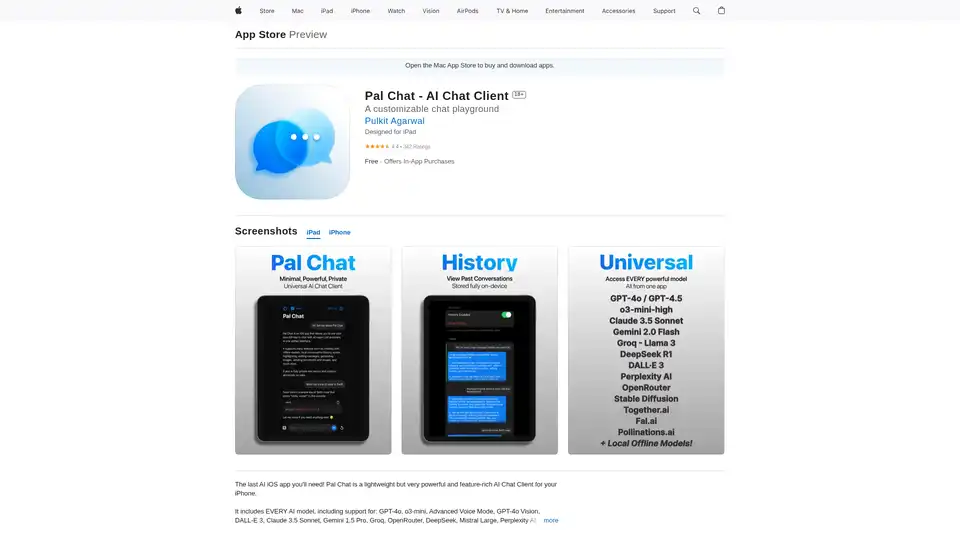
Discover Pal Chat, the lightweight yet powerful AI chat client for iOS. Access GPT-4o, Claude 3.5, and more models with full privacy—no data collected. Generate images, edit prompts, and enjoy seamless AI interactions on your iPhone or iPad.
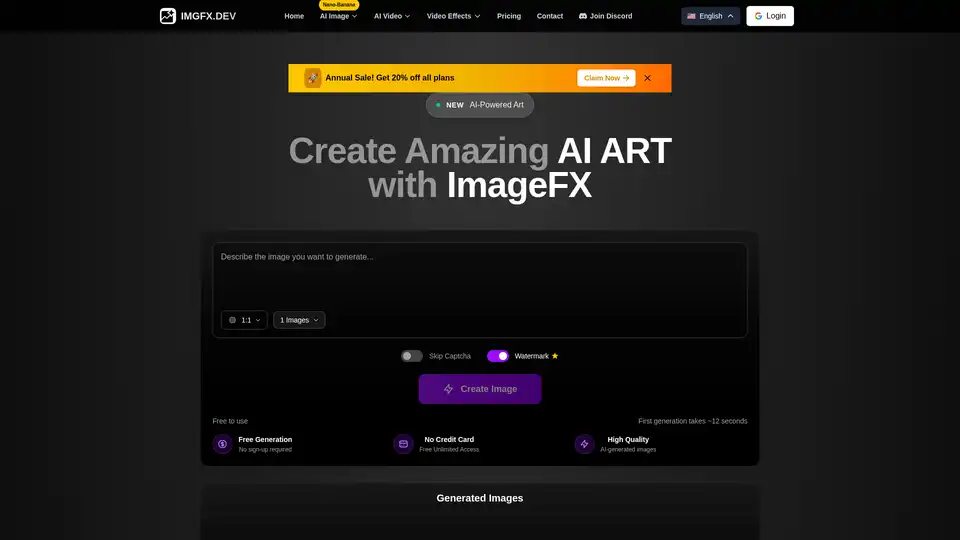
Transform your ideas into stunning artwork with ImageFX, the professional AI image generator. Create high-quality digital art, illustrations, and photo-realistic images in seconds with our advanced AI technology.
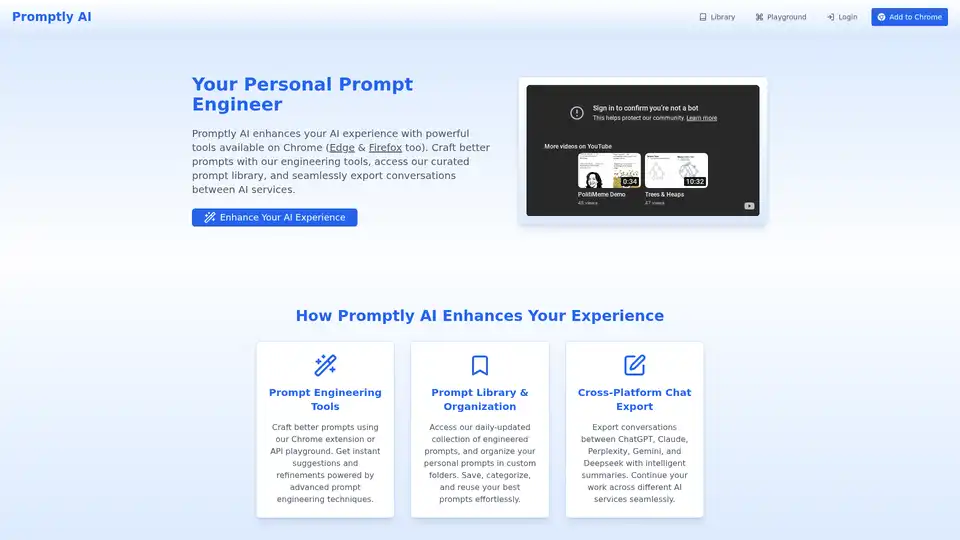
Transform your AI interactions with Promptly AI. Craft better prompts, access our curated library, and export conversations between ChatGPT, Claude, Perplexity, Gemini, and Deepseek.
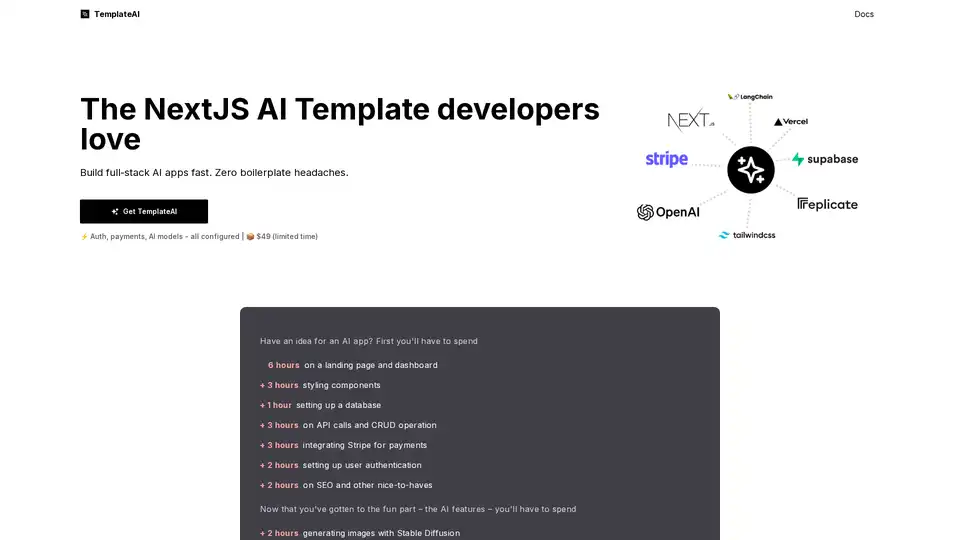
TemplateAI is the leading NextJS template for AI apps, featuring Supabase auth, Stripe payments, OpenAI/Claude integration, and ready-to-use AI components for fast full-stack development.
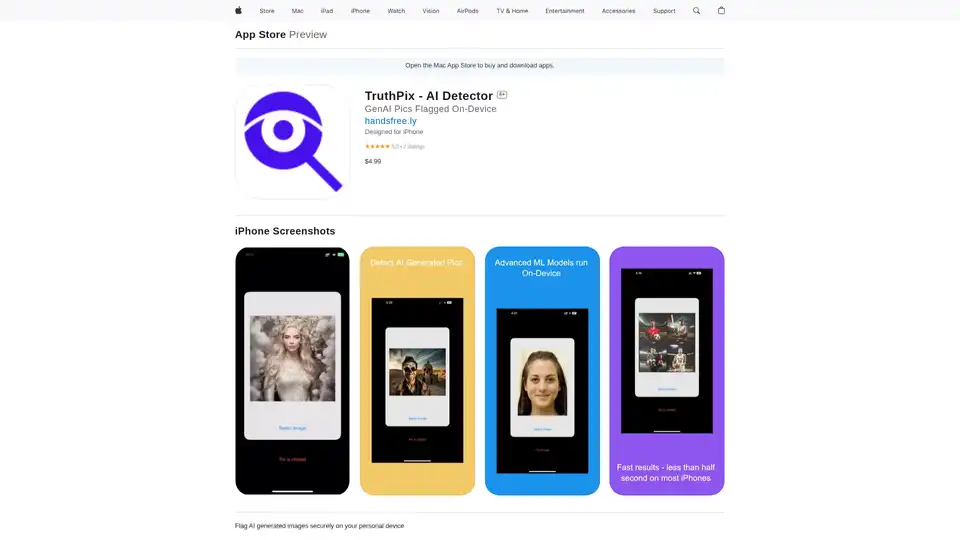
TruthPix is a secure iPhone app that detects AI-generated images and deepfakes on-device, helping combat misinformation in ads, scams, and social media with fast, private analysis.
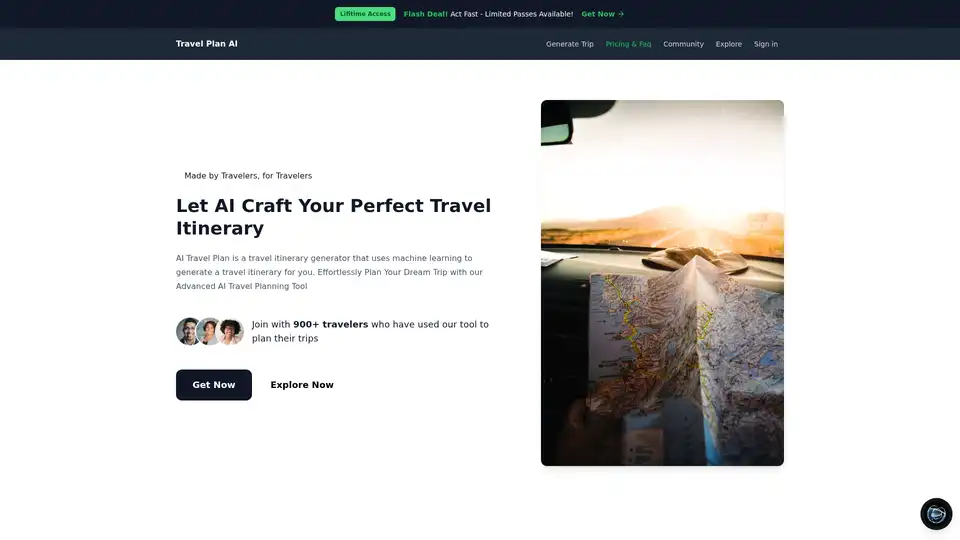
Effortlessly create personalized travel itineraries with Travel Plan AI, an advanced tool powered by machine learning. Generate, edit, and share custom trip plans for destinations like London or New York in just a few clicks.
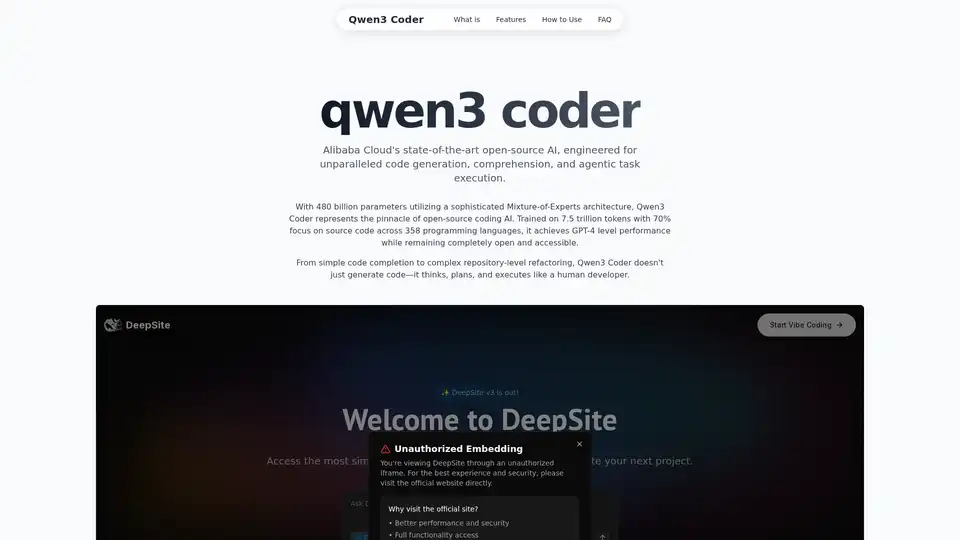
Explore Qwen3 Coder, Alibaba Cloud's advanced AI code generation model. Learn about its features, performance benchmarks, and how to use this powerful, open-source tool for development.
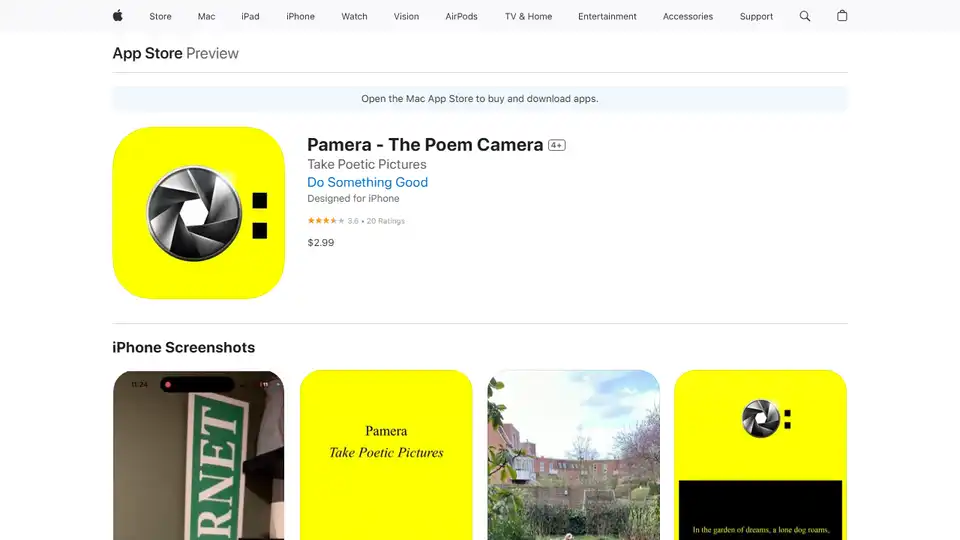
Pamera is an AI-powered iPhone app that turns your photos into beautiful poems. Simply take a picture and let AI create a unique poem based on the image. Download now for creative fun!
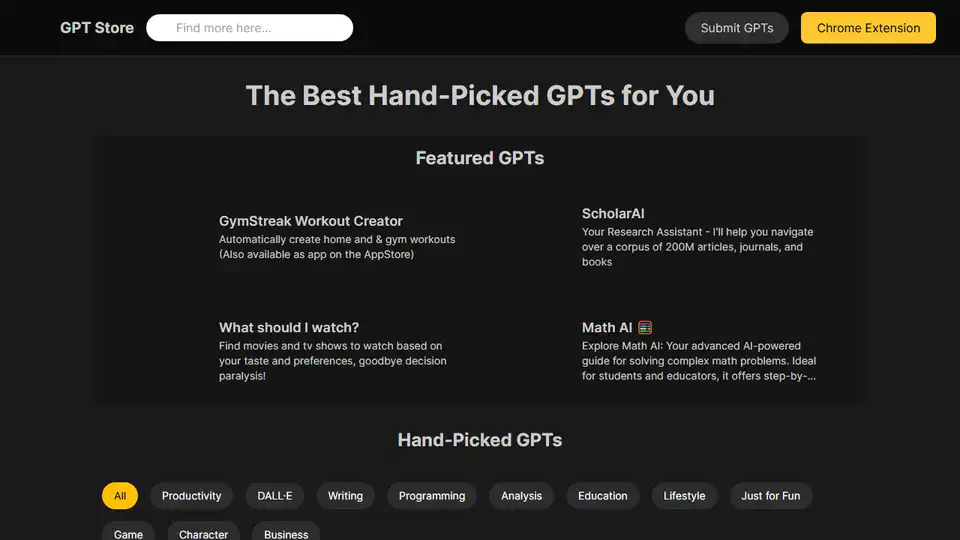
GPT-Store.app offers a curated selection of custom GPTs for various needs, including productivity, writing, programming, and education. Discover AI assistants tailored to your tasks.
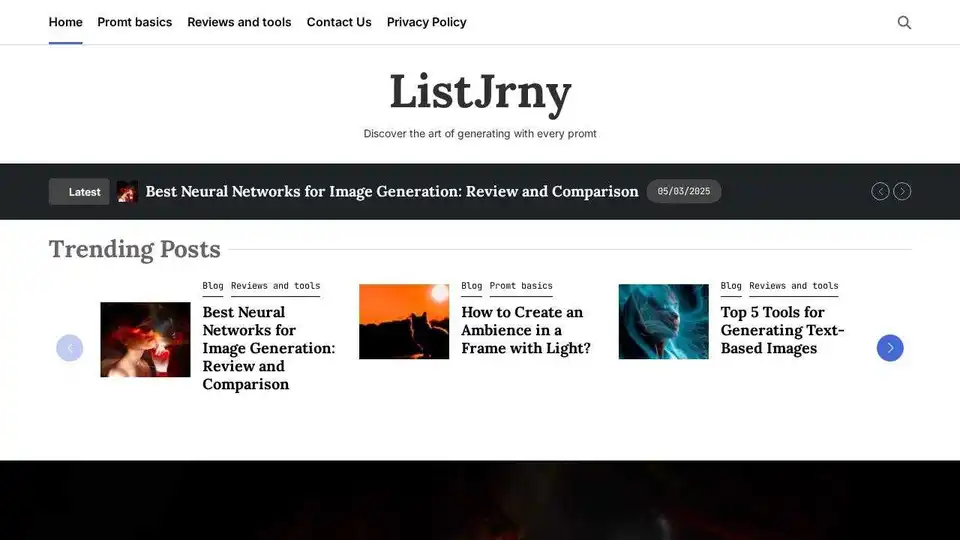
ListJrny is a resource hub for discovering the art of AI prompt generation, offering tips, guides, and tools for creating stunning images with neural networks.
Gigapixel AI is an all-in-one platform for AI image upscaling and generation. It offers AI-powered tools for image enhancement, video upscaling, and more.
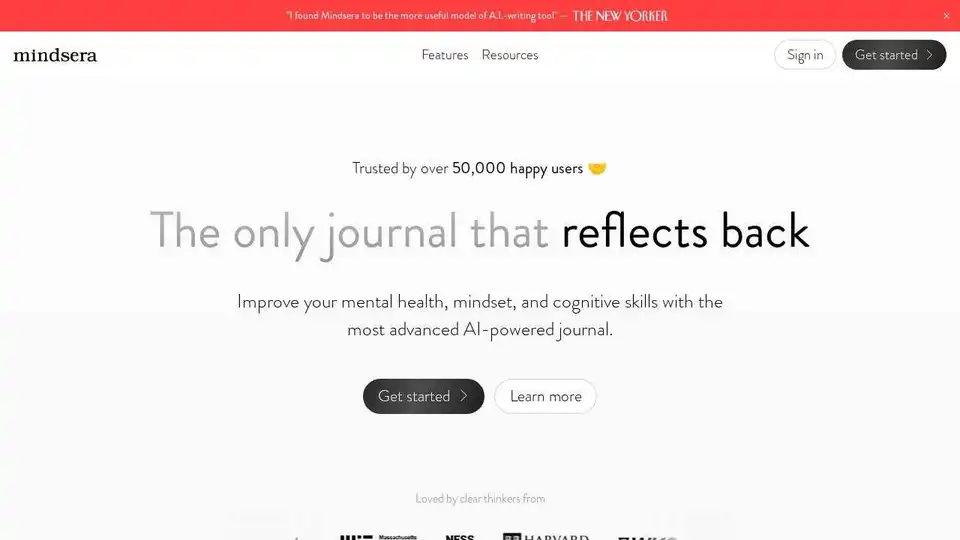
Mindsera is an AI-powered journal designed to improve mental health, enhance mindset, and boost cognitive skills. It provides personalized insights, emotional analysis, and smart prompts for deeper self-reflection.

CodeKidz offers personalized AI-powered learning for students and educators, featuring AI tutors, diverse courses, and progress tracking to enhance learning outcomes.
